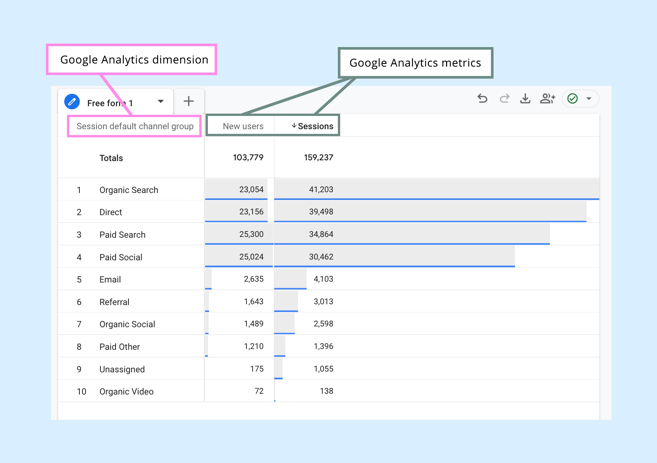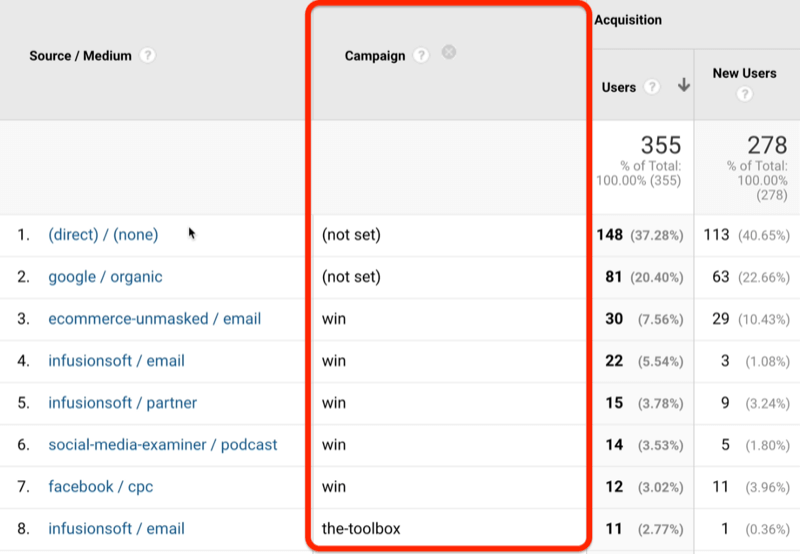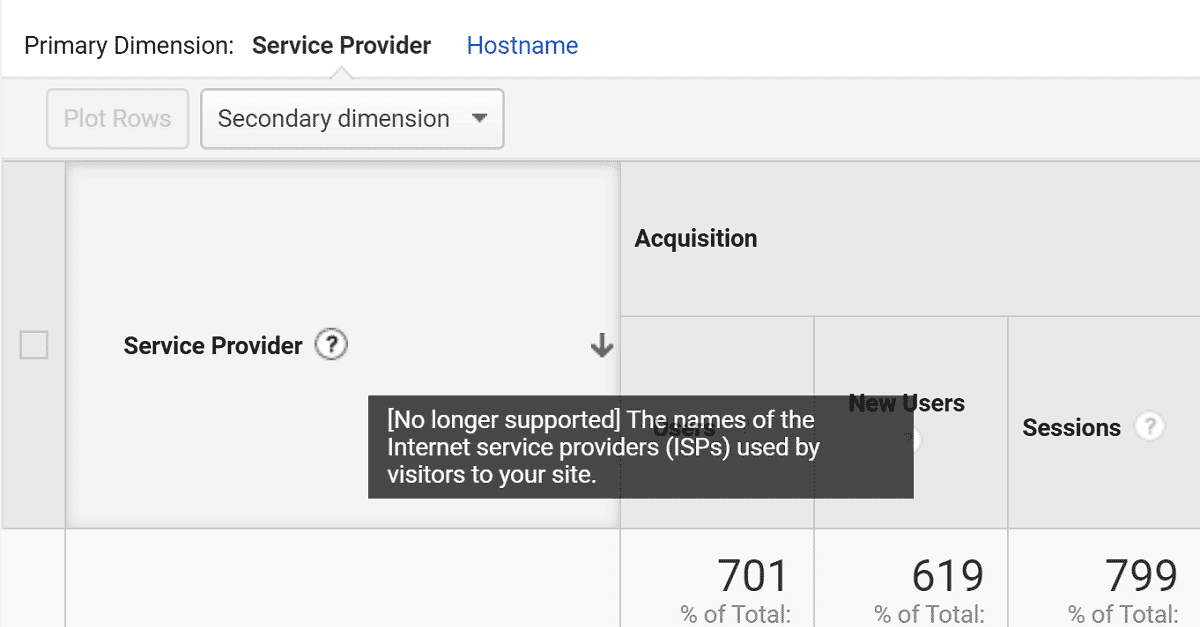Explained: The Duty and Meaning of a 'Secondary Dimension' in Google Analytics
Explained: The Duty and Meaning of a 'Secondary Dimension' in Google Analytics
Blog Article
Decoding the Importance of Second Dimension in Google Analytics: Everything About Its Relevance and Influence
In the realm of digital analytics, the usage of second dimensions within Google Analytics functions as a crucial tool for critical deeper layers of information understandings. The relevance of second dimensions hinges on their capability to give a nuanced view of individual behavior and interaction with an internet site or system. By studying data beyond surface-level metrics, businesses can unlock a wide range of info that forms calculated decisions and fine-tunes advertising initiatives. This expedition right into the realm of secondary dimensions not just supplies a detailed understanding of customer engagement however likewise clarifies the complex characteristics that drive on the internet efficiency.
Recognizing Additional Measurements in Google Analytics
The understanding of additional dimensions in Google Analytics is important for obtaining much deeper understandings into user actions and internet site performance. While primary dimensions provide essential data points such as traffic sources and web page views, second measurements permit a much more nuanced evaluation by providing added context to these primary metrics. By integrating secondary dimensions, individuals can sector and filter their information to reveal patterns and patterns that may not be immediately obvious.

Revealing the Benefits of Additional Dimensions
Structure upon the foundational understanding of additional measurements in Google Analytics, exploring the benefits they provide discloses invaluable insights for boosting data evaluation and decision-making. By including second measurements, individuals can delve much deeper right into their information, obtaining a much more extensive sight of customer behavior, content performance, and various other key metrics. One of the key advantages is the ability to segment information, enabling for a much more granular analysis of various measurements such as website traffic resources, tools, demographics, and a lot more. When looking at information in aggregate., this segmentation makes it possible for users to recognize patterns, trends, and relationships that may not be noticeable (what is a “secondary dimension” in google analytics?).
Furthermore, second dimensions offer context to key information, offering additional layers of details that can help in comprehending customer communications and choices. This enhanced understanding can lead critical decision-making, bring about more targeted advertising campaigns, internet site optimizations, and overall enhanced efficiency. In essence, secondary measurements work as an effective device for unlocking much deeper Find Out More understandings and optimizing the utility of Google Analytics for organizations and site owners.
Leveraging Additional Dimensions for Boosted Insights
By using the power of second dimensions in Google Analytics, organizations can uncover much deeper insights that drive educated decision-making and calculated optimization efforts. Leveraging secondary dimensions enables companies to dive past surface-level data and obtain a more comprehensive understanding of individual behavior, audience demographics, traffic sources, and web site efficiency. By combining primary measurements like web traffic resources with additional measurements such as geographic area or gadget classification, businesses can determine which regions or tools are driving the most beneficial web traffic to their site.
Moreover, second measurements allow companies to section and analyze information better, aiding them identify fads, patterns, and possibilities that may have or else gone unnoticed. By using secondary dimensions, businesses can tailor their marketing methods, content, and individual experience to better meet the demands and preferences of their target audience. Basically, leveraging additional measurements in Google Analytics image source equips organizations to make data-driven choices that bring about improved efficiency, boosted ROI, and sustainable growth.

Impact of Second Dimensions on Data Analysis
Enhancing data analysis through the usage of additional dimensions in Google Analytics gives businesses with a much deeper understanding of their on-line performance metrics. By including secondary measurements, such as time of day, geographical area, or device classification, services can uncover useful understandings that might have been ignored with primary measurements alone. This enhanced degree of granularity enables more precise division of information, allowing organizations to determine patterns, fads, and correlations that can drive critical decision-making.

Maximizing Prospective: Additional Capacities Strategies
One crucial strategy is to integrate secondary dimensions with main measurements to get a thorough sight of individual interactions. Combining the main dimension of 'source/medium' with secondary measurements like 'landing page' or 'device category' can disclose which networks are driving web traffic to particular web pages or how customer habits varies across gadgets.
Additionally, utilizing secondary measurements to segment data based upon user demographics, habits, or technology can help companies customize their advertising initiatives to particular audience segments. This targeted approach can cause boosted conversion rates, enhanced user experiences, and ultimately, enhanced ROI. By optimizing the potential of additional dimensions in Google Analytics, services can make enlightened decisions, optimize their on-line visibility, and drive lasting development.
Final Thought
In verdict, additional measurements in Google Analytics play a critical function in supplying much deeper understandings and boosting information analysis. Including second dimensions into information analysis techniques can lead to more informed decision-making and improved overall efficiency.
While key dimensions give essential data points such as website traffic resources and page views, additional measurements allow for an extra nuanced evaluation by offering additional context to these main metrics. By combining key dimensions like website traffic resources with second dimensions such as geographic location or gadget classification, businesses can recognize which tools or areas are driving the most beneficial traffic to their website.
By integrating second measurements, such as time of day, geographic location, or tool category, organizations can reveal important insights that may have been ignored with primary measurements alone. One crucial strategy is to incorporate second dimensions with main dimensions to acquire a comprehensive sight of user communications. Matching the main measurement of 'source/medium' with additional dimensions like 'landing click this site page' or 'tool category' can disclose which channels are driving traffic to details pages or how customer habits differs throughout gadgets.
Report this page